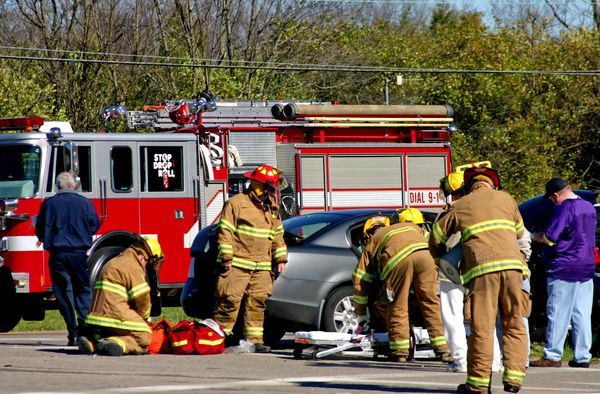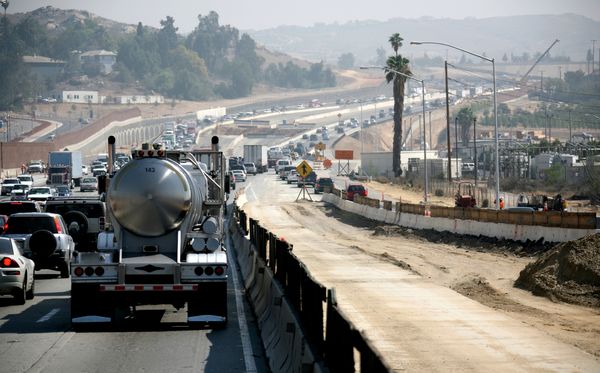There you are, driving down the 101, rockin’ out with your windows down. Just like every day, traffic in front of you has slowed to a crawl, so you slow down, too. Unfortunately, the driver behind you is on their phone and not paying attention. They hit their brakes, but it’s too late. Suddenly, they slam into the rear of your car, causing airbags to deploy and your head and neck to snap forward.
This is an event that happens many times a day throughout the state of California. Car crashes range
from fender benders to T-bone accidents to even flipped vehicles. But even the most minor accident can leave you with more than just bumps and bruises. Here’s how car accidents affect your body, and what kind of injuries you need to look out for.
The Simple Physics of It All
The way your body is affected by a car crash comes down to one simple fact: Your body is soft, and cars are hard. Cars are designed to withstand impact. The metal bodies and crumple zones ensure it doesn’t simply come apart during a wreck. Your body, however, is made of soft flesh and breakable bones. In fact, you would have to become something of a monster in order to withstand the impact of a car crash.
Nearly half of all wrecks involve at least two cars. In one of the most severe kinds of crashes, a head-on collision, hitting a car traveling 40 miles per hour while you are also traveling 40 miles per hour is similar to hitting a wall at 80 miles per hour. Luckily, this is the least likely kind of accident. Rear end accidents and fender benders are the most likely, though often they are the least severe. Even in these accidents, your body takes a beating.
Going Down the Body
Let’s go down the length of the body and look at the impact on each section:
- The head: Due to the laws of inertia, your body will continue to move forward, even when the vehicle lurches to a stop. Your head will likely snap forward, and can hit the dashboard, steering wheel or airbag. When this happens, your brain can slam into the inside of your skull, and the bones in your face may get broken. The brain injury may lead to a concussion or even swelling and death.
- The neck: As your head snaps forward, your neck reacts to the motion. It could cause whiplash, leading to dizziness and sometimes chronic pain. If the impact is severe enough, your neck could end up being broken.
- The abdomen: Your internal organs will also be carried forward by inertia. Your lungs and heart may slam into your ribcage, causing internal bleeding and bruising. This is especially true if your heart moves too violently and tears the aorta. Your ribs and arms may end up bruised or broken as well.
- The lower body: Depending on the nature of the accident, your legs may be slammed into the dashboard or steering wheel. Passengers who put their feet on the dashboard could end up being crushed by an airbag, which deploys at 200 miles per hour.
Car accidents are always a serious incident, no matter how minor they may seem. If you’ve been involved in a car crash, contact our San Luis Obispo car accident lawyers today for a free consultation and to learn more about your legal options.





